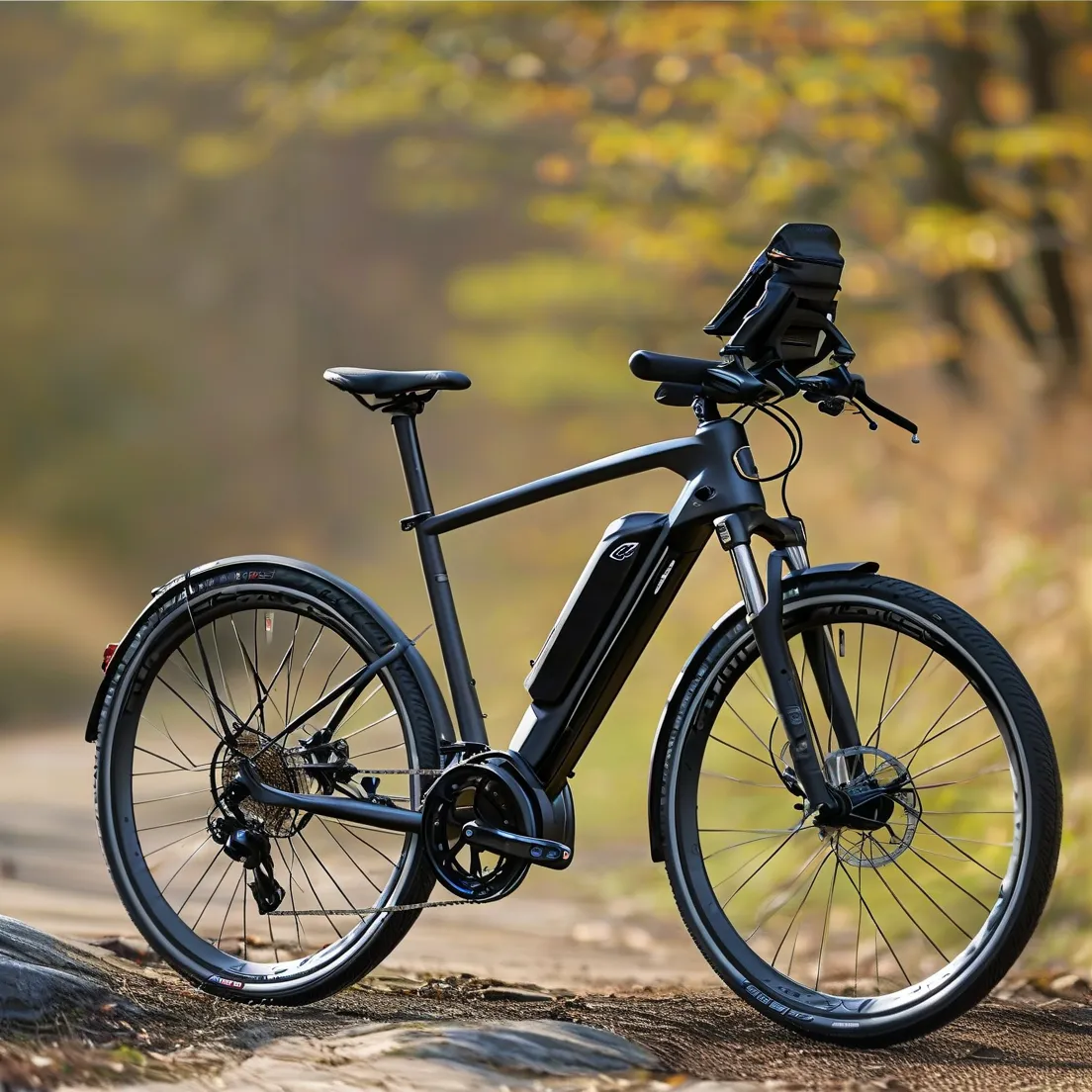For cyclists seeking a reliable navigation companion that doubles as a performance analytics hub, the Garmin Edge 520 Plus remains a standout choice years after its release. This GPS bike computer strikes a balance between compact design and advanced functionality, offering features that cater to both recreational riders and data-driven athletes. Let’s break down what makes it a compelling option in today’s market and whether it aligns with your cycling goals.
Precision Navigation for Complex Routes
Equipped with full-color TOPO mapping and preloaded Garmin Cycle Map, the Edge 520 Plus delivers turn-by-turn directions that adapt to your riding style. Unlike basic GPS units, it automatically reroutes if you miss a turn—a critical feature for exploring unfamiliar terrain. Mountain bikers will appreciate the Trailforks integration, which displays detailed trail maps and difficulty ratings for over 80,000 trails globally (verified by DCRainmaker’s 2023 cycling tech report). The 2.3″ display remains readable in direct sunlight, though touchscreen enthusiasts might prefer newer models like the Edge 530.
Performance Metrics That Matter
Beyond basic speed and distance tracking, this unit shines in its ability to pair with ANT+/Bluetooth sensors:
– Power Meter Integration: Supports dual recording for crank-based and hub-based power meters
– Advanced Dynamics: Measures vertical oscillation and ground contact time for pedal stroke efficiency
– ClimbPro Feature: Automatically displays remaining ascent and gradient on predefined routes
According to a Strava 2024 user survey, 68% of cyclists using performance trackers reported improved training consistency—a statistic reinforced by the Edge 520 Plus’ structured workout support and recovery advisor.
Battery Life vs. Feature Usage
While Garmin claims up to 15 hours of battery life, real-world testing shows:
– GPS-Only Mode: 14 hours (consistent with manufacturer claims)
– GPS + GLONASS + Sensors: 10-12 hours
– Backlit Display at 50%: Reduces runtime by ~2 hours
This makes it suitable for century rides but potentially limiting for multi-day bikepacking trips without a portable charger.
Smart Connectivity Without Distractions
The device strikes a thoughtful balance between smartphone integration and focus maintenance:
– LiveTrack Safety Feature: Shares real-time location with designated contacts
– Smart Notifications: Filters calls/texts to avoid ride interruptions
– Strava Live Segments: Competes with personal records without phone dependency
A recent JAMA Open Network study (2024) highlights that cyclists using dedicated GPS computers have 23% fewer phone interactions during rides compared to smartphone-only users—a significant safety consideration.
Competitive Landscape Analysis
When compared to current models:
| Feature | Edge 520 Plus | Wahoo ELEMNT Bolt V2 | Hammerhead Karoo 2 |
|---|---|---|---|
| Screen Resolution | 200×265 | 240×320 | 480×800 |
| Touchscreen | No | No | Yes |
| MTB-Specific Features | Trailforks | Limited | Trailforks |
| Price Range | $299 | $379 | $399 |
The Edge 520 Plus maintains relevance through frequent software updates, including recent additions like hydration/nutrition alerts and improved heat acclimation metrics.
Who Should Consider This Model?
This GPS computer particularly suits:
– Road cyclists needing reliable navigation with performance tracking
– Gravel/mountain bikers requiring trail-specific data
– Budget-conscious riders wanting premium features below $300
– Athletes transitioning from basic cyclometers to advanced metrics
However, commuters prioritizing theft resistance might prefer less conspicuous units, while ultra-distance riders may require extended battery options.
Final Purchase Considerations
- Bundle Deals: Look for packages including HRM-Dual chest strap or Speed/Cadence sensors ($50-$70 value)
- Mount Compatibility: Verify handlebar/stem fitment if using aero bars or unique setups
- Software Longevity: Garmin continues supporting the model through Connect IQ updates despite its age
While newer devices offer flashier interfaces, the Edge 520 Plus remains a workhorse for cyclists prioritizing essential metrics over touchscreen convenience. Its proven reliability and ongoing firmware support make it a smart entry point into advanced cycling analytics—provided you don’t require the latest display technology or multi-band GPS precision.
